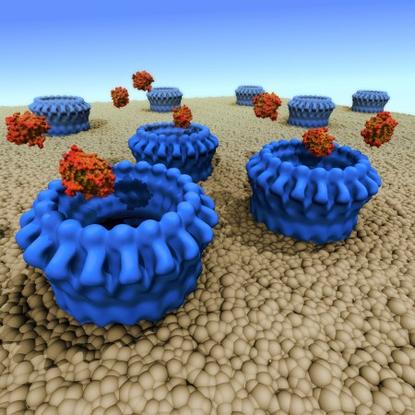Just in time for the holidays, here’s a new reason to get children to eat their veggies.
Children who eat a lot of fruit and vegetables have healthier, less stiff arteries as young adults compared to children who don’t load up on fruit and veggies, according to a new study.
Researchers say arterial stiffness is tied to atherosclerosis or hardening of the arteries, which is a key factor in heart disease. When arteries become stiff, the heart has to work harder to pump blood effectively.
In the study, published in Circulation: Journal of the American Heart Association, Finnish researchers compared childhood and adult lifestyle factors, including fruit and vegetable intake, alcohol use, and smoking with arterial stiffness in 1,622 Finns who were followed for 27 years from a baseline age of between 3 and 18.






